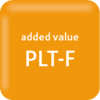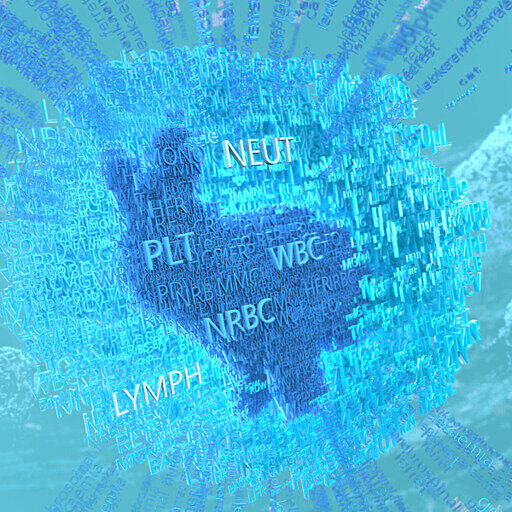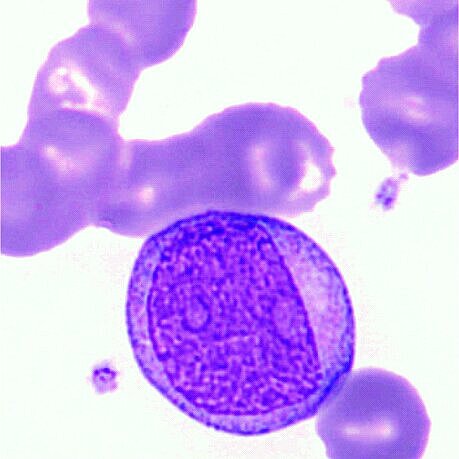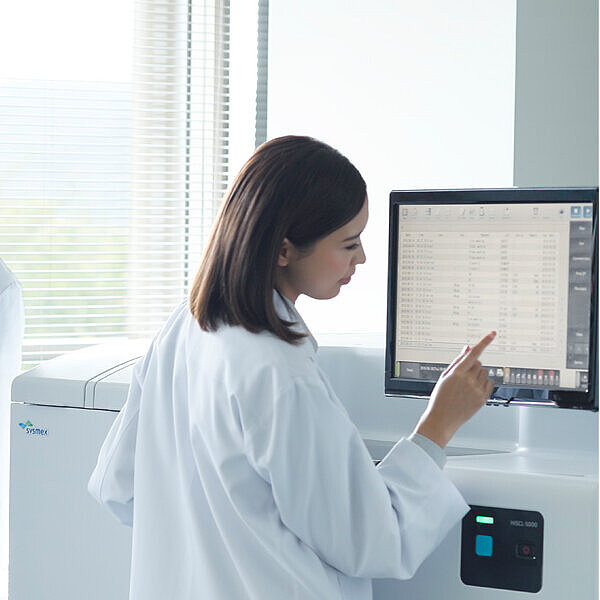XN-V Series clinical insight
With the XN-V Series analytical options, you can offer far-reaching information for clinicians as well as principal investigators and therefore even greater safety, quality and insights. The key is measuring cell activity via fluorescence flow cytometry.
Each XN-V module determines nucleated red blood cells (NRBC) with every blood count. In addition, you can individualise your testing by choosing clinical applications as determined by the analysed animal species or disease model, their pathologies or your scientific inquiry at hand. Find out more on platelets, reticulocytes and body fluids with specialty testing available when you need it.
XN Complete blood count, or XN-CBC
- Complete blood count (CBC) including NRBC% and NRBC#
- Correct white blood cell counts enabled by metrological separation from NRBC

XN White blood cell differential, or XN-DIFF
- 5-part differential (DIFF) in absolute and relative numbers based on species-specific analysis algorithms
- Specific ‘Low WBC’ mode for critically low cell counts

XN Reticulocytes, or RET
- Combined information of quantity and quality-related reticulocyte (RET) parameters providing the whole picture behind anaemia diagnosis
- RET%, RET#, IRF – quantifying mature and immature reticulocytes
- RET-He – evaluating the haemoglobinisation of reticulocytes
- PLT-O – reliable platelet counts with physiologic and/or pathologic conditions of RBC and PLT size overlap

XN Fluorescence platelets, or PLT-F
- Monitoring of thrombocytopenia with automatic reflex measurements
- IPF − evaluating the current status of thrombopoiesis
- Tool for CBC analysis in non-mammalian animal species

XN Body fluids, or XN-BF
- Simple, fast and standardised body fluid (BF) measurements
- Suitable for cerebrospinal, bronchoalveolar, serous and synovial fluids

RET, PLT-F and XN-BF are optional apps.
![[.NL-fr Netherlands (french)] SEED Veterinary Haematology](/fileadmin/_processed_/1/5/csm_SEU_SEED_Veterinary_reticulocyte_detection_EN_view_acf670f5cd.png)
[.NL-fr Netherlands (french)] The early differentiation of the underlying cause of canine anaemia is one of the biggest diagnostic challenges for veterinary clinicians. The reticulocyte count, together with the study of the different circulating degrees of maturity may allow a much more thorough and detailed assessment of each patient in the veterinary lab. In this preliminary study, reference ranges have been established for reticulocyte maturity fractions. Following the assessment of more than 150 anaemic patients, the Ecija-Mendoza diagram was created, a diagnostic tool that allows the differentiation between conditions caused by haemolysis, acute haemorrhage and anaemia due to dyserythropoiesis to allow the clinician to quickly form a suspected diagnosis.



